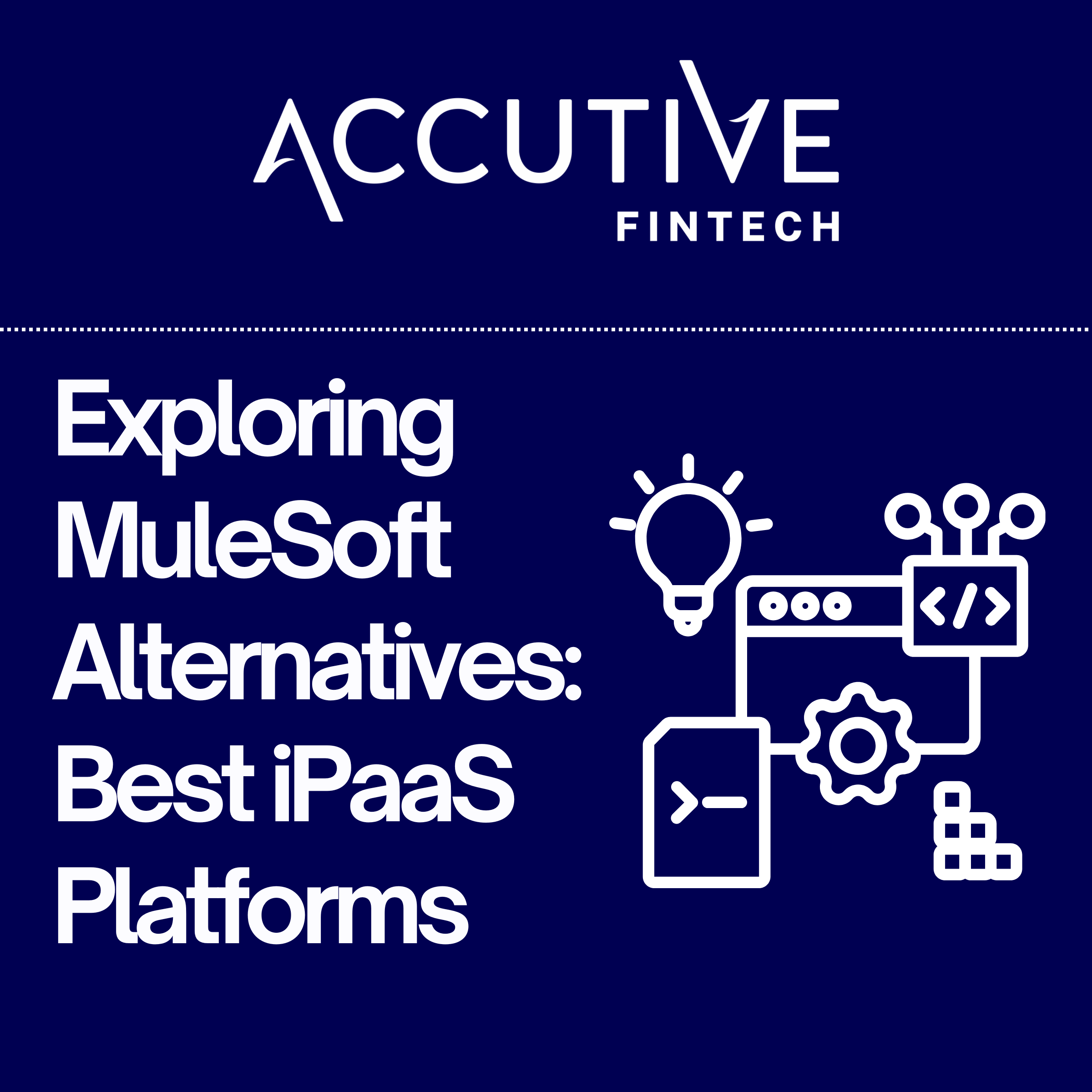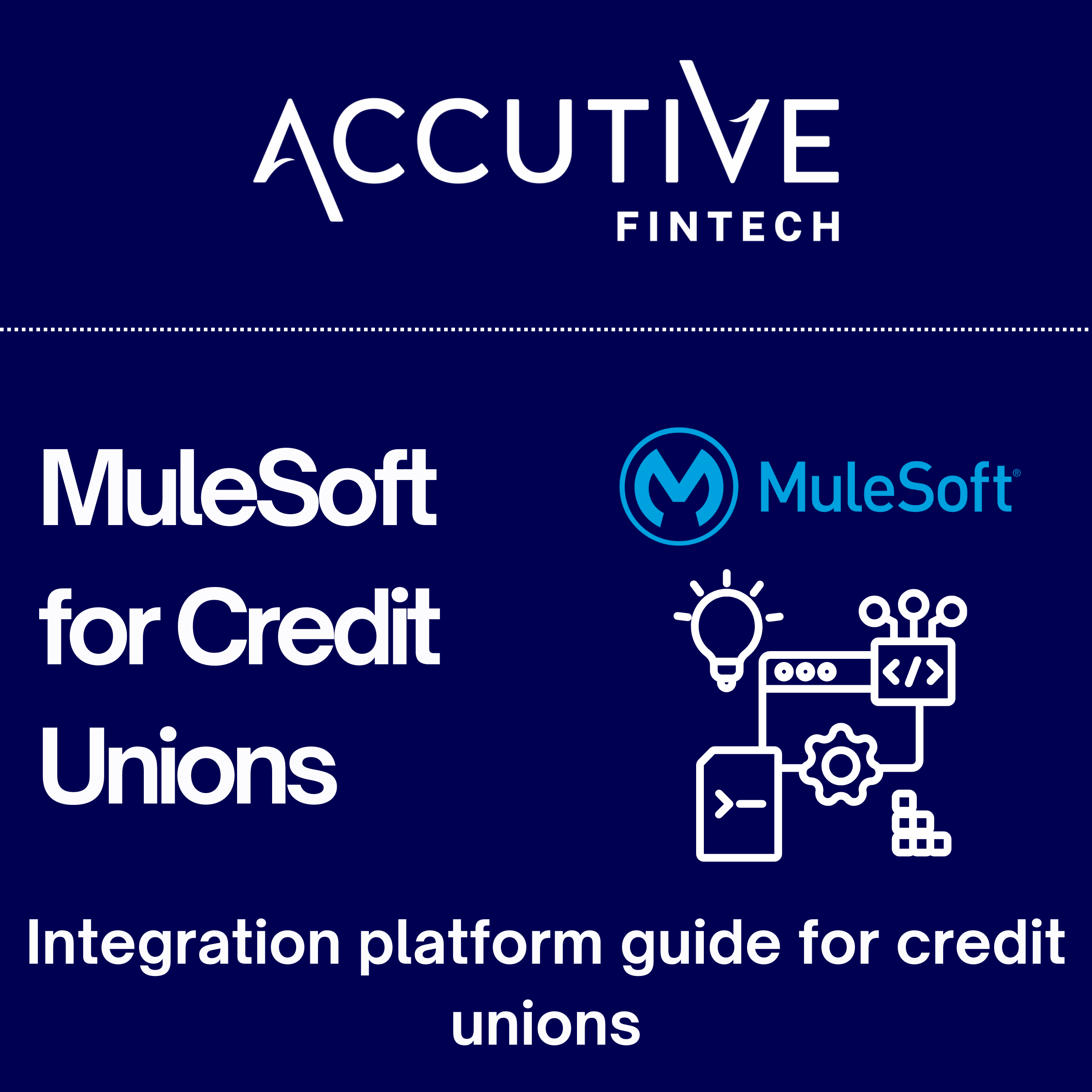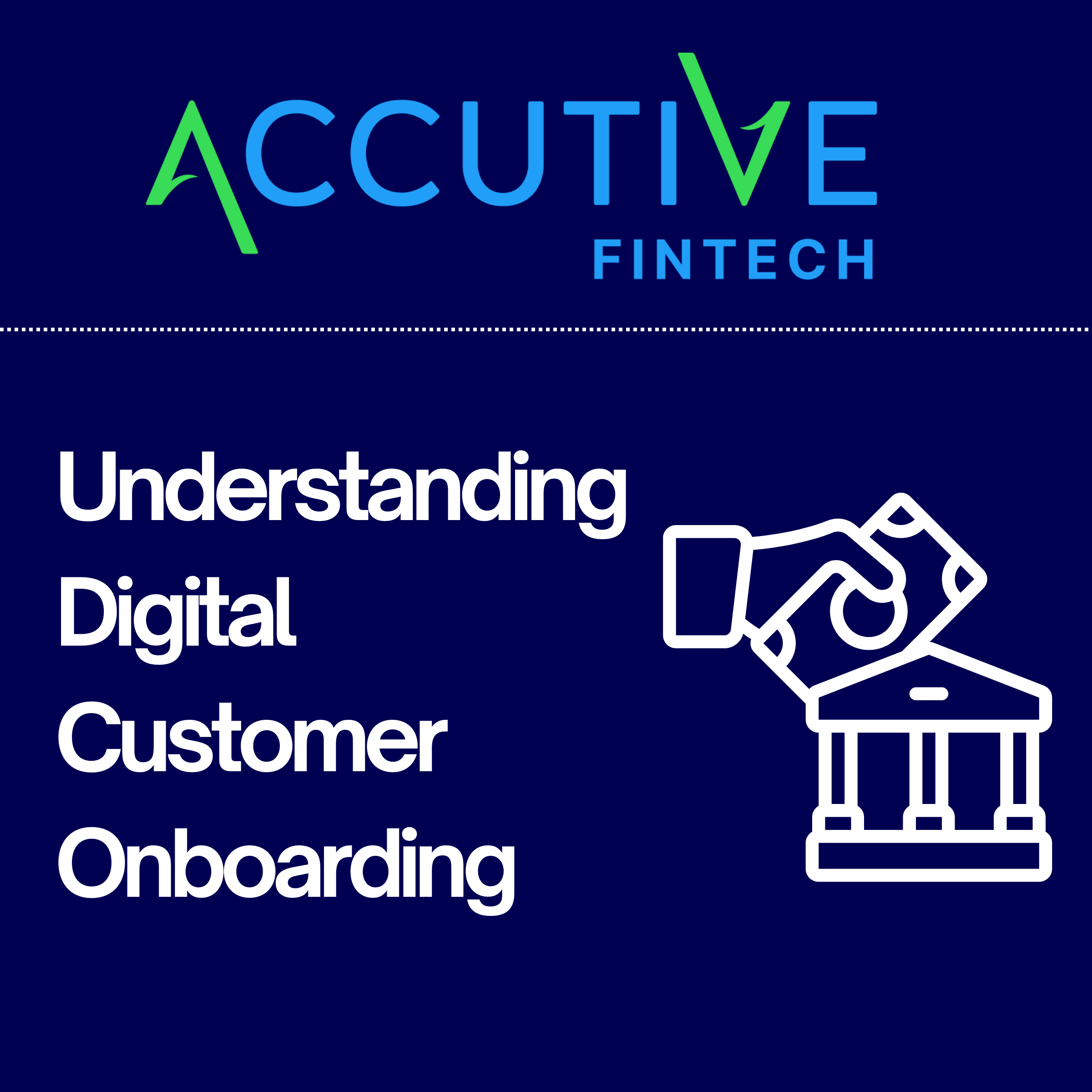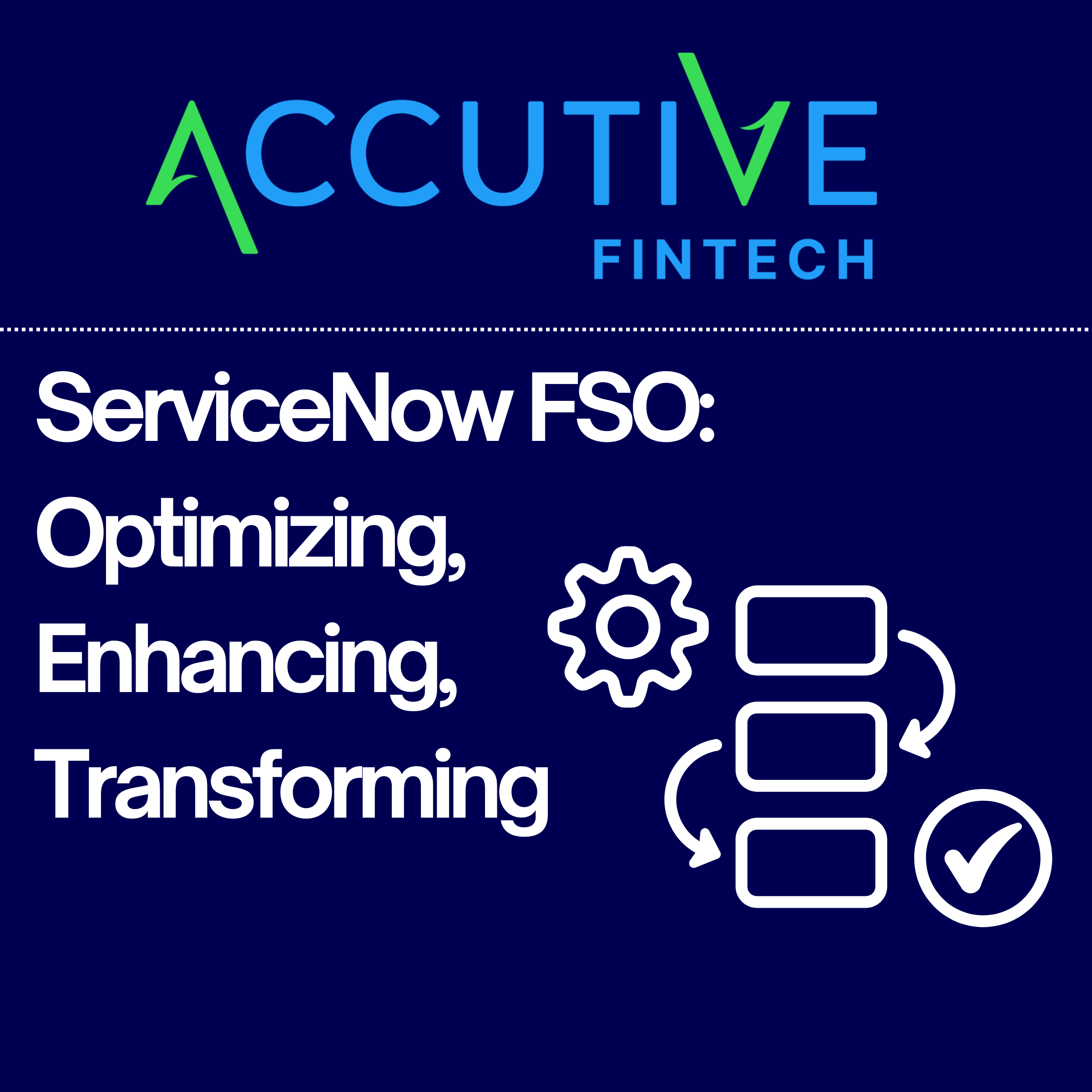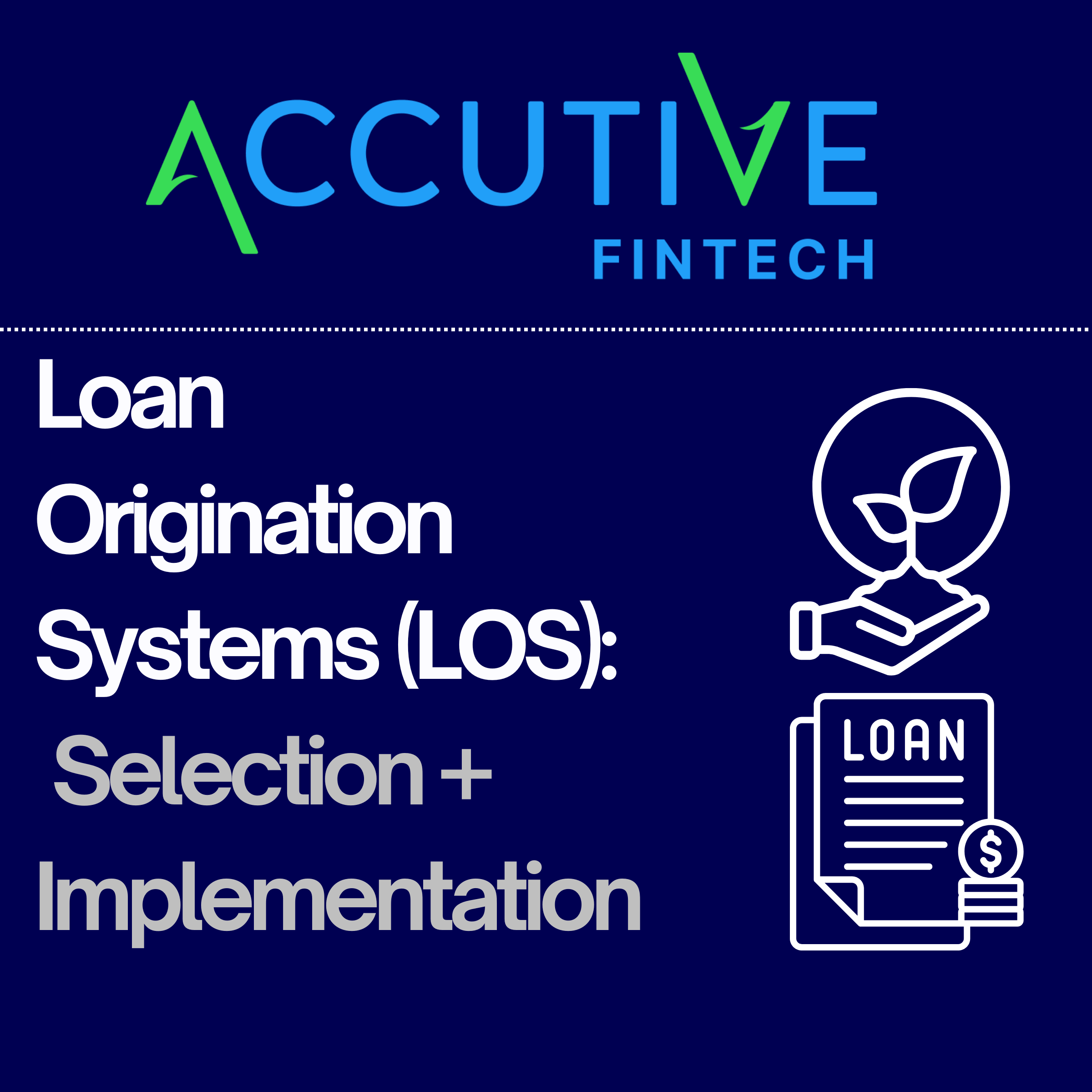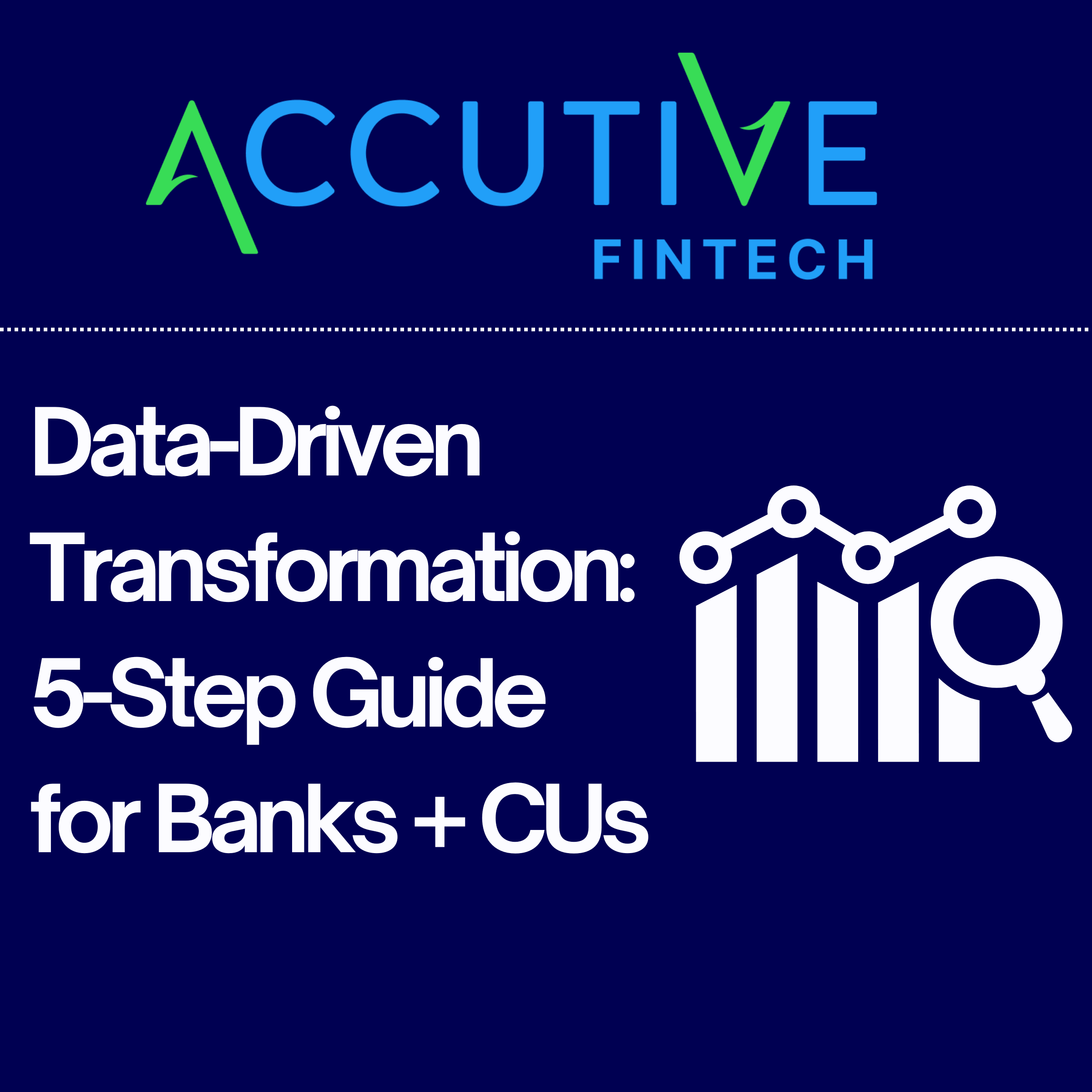As we head in 2025, the pace of digital transformation is accelerating and a mature integration framework is critical for staying ahead of the curve. Digital and IT leaders continue to contend with the challenge of doing more with fewer resources. Custom integrations have become difficult to manage for many IT teams, especially in the face of increasingly complex security and compliance needs. As a result, Integration Platform as a Service (iPaaS) solutions have become essential tools for businesses of all sizes, but particularly in sectors like financial services where secure and reliable data exchange is paramount. While MuleSoft has long been a dominant player in the iPaaS space, there are many compelling MuleSoft alternatives. This article dives into the strengths and weaknesses of MuleSoft, explores some of the most compelling alternatives, and provides a framework for IT leaders to evaluate and select the best iPaaS solution for their organization’s unique needs.
MuleSoft Features and Capabilities
MuleSoft is better thought of as a suite of different tools, rather than a standalone tool. MuleSoft’s iPaaS, the Anypoint Platform is designed to connect applications, data, and devices across a variety of environments. Here’s a breakdown of its key features:
- API-Led Connectivity: MuleSoft emphasizes the design and reuse of APIs, creating a modular and agile approach to integration. This promotes scalability and simplifies future connections.
- Anypoint Exchange: This marketplace provides a rich repository of pre-built connectors, templates, and APIs, accelerating development and reducing time-to-market.
- Anypoint Design Center: A user-friendly interface that allows both developers and business users to design, build, and manage integrations and APIs.
- Anypoint Management Center: Provides centralized control for managing, monitoring, and securing APIs and integrations, ensuring operational visibility and control.
- Hybrid Integration: MuleSoft supports deployments across both cloud and on-premises environments, offering flexibility for organizations with hybrid infrastructures.
- DataWeave: A powerful expression language that simplifies data transformation and mapping between different formats, ensuring seamless data exchange.
- Pre-built Connectors: Extensive libraries of connectors for popular applications, databases, and technologies streamline connectivity and reduce development effort.
MuleSoft Strengths
- Robust and Comprehensive: Anypoint Platform is a mature and feature-rich platform suitable for complex enterprise-grade integrations.
- API-Centric Approach: The focus on API-led connectivity promotes reusability, scalability, and agility in integration strategies.
- Strong Security and Compliance: MuleSoft offers robust security features and built-in support for industry standards like PCI DSS, GDPR, HIPAA, and SOC 2, making it suitable for highly regulated industries like financial services.
- Salesforce Ecosystem and Integration: In addition to MuleSoft’s strong community and library of connectors, being part of the Salesforce ecosystem provides a significant advantage for organizations that use Salesforce CRM, including Salesforce Financial Services Cloud.
- Hybrid Cloud Ready: The ability to connect systems across cloud and on-premises environments provides flexibility and supports diverse integration scenarios.
MuleSoft Limitations: Why organizations may look for iPaaS alternatives
Cost Challenges: MuleSoft can be expensive for smaller organizations or those with limited budgets available for their integration needs. MuleSoft does offer scalable pricing and low-code products like MuleSoft Composer that can make the platform more accessible.
Complexity: While powerful, MuleSoft can be complex to learn and implement, often requiring specialized skills and expertise at the more advanced level. Maintaining a team of in-house MuleSoft resources is not cost effective for many organizations, who decide to outsource their MuleSoft practice to consultants.
Vendor Lock-in: Tight integration with the Salesforce ecosystem may create challenges when working with non-Salesforce systems or migrating to other platforms in the future.
Overhead for Simple Use Cases: Although MuleSoft is the leading platform, it may not be ideal for every organization. For organizations with relatively simple integration needs, MuleSoft’s extensive feature set may provide a lower ROI than simpler, lower-cost solutions.
Top MuleSoft Alternatives: Competing iPaaS platforms
For IT leaders in the financial services industry, selecting the right iPaaS is a critical decision with far-reaching implications for security, compliance, and agility. While MuleSoft has established itself as a strong option for many financial institutions, MuleSoft alternatives may better align with your specific needs and priorities.
Here’s a closer look at some of the top contenders, with a focus on their relevance to the financial services sector:
MuleSoft Alternative: Boomi
Features & Capabilities:
- Intuitive, low-code development environment that accelerates integration development and empowers both technical and business users.
- Vast connector library, including connectors for common financial systems and data sources.
- Robust data mapping and transformation tools to ensure data integrity across systems.
- Strong support for real-time integration, essential for financial transactions and data synchronization.
- API management capabilities for securing and governing APIs.
- Boomi Master Data Hub for managing and synchronizing customer data across systems.
- Automation features for intelligent data mapping and system recommendations, though AI/ML capabilities are limited.
Limitations:
Achieving compliance for the financial services industry (e.g., PCI DSS) may require additional configurations and integrations, despite certifications like SOC 2, ISO 27001, and HIPAA.
Advanced customizations and complex integrations might require coding, potentially increasing reliance on technical resources.
API management capabilities, while robust, may not match the depth of competitors like MuleSoft for complex governance.
Suitability for Financial Services:
- Excellent for rapid deployment and connecting cloud and on-premises systems.
- Aligns well with data security and governance needs in financial services.
- IT leaders should evaluate compliance and API management features to ensure alignment with specific regulatory requirements.
MuleSoft Alternative: Workato
Workato Features & Capabilities
- “Recipe-based” automation simplifies complex workflow design, ideal for automating financial processes.
- Some pre-built connectors for popular financial applications, including core banking systems, payment gateways, and CRM platforms.
- Intelligent automation capabilities powered by AI/ML, useful for fraud detection and risk assessment through external integrations.
- Strong RPA capabilities for automating repetitive tasks and freeing up resources.
- Intuitive interface and focus on business user enablement, empowering non-technical users to build automations.
- Embedded Automations feature integrates workflows directly into other applications.
Workato Limitations
API management capabilities are improving but remain less mature than competitors like MuleSoft for complex API gateways and security needs.
Limited out-of-the-box compliance features specific to financial services, requiring additional configurations.
Complex integrations or highly customized workflows may require some coding or scripting.
Workato: Suitability for Financial Services Industry
- Ideal for automating workflows, improving efficiency, and reducing manual errors.
- Strong fit for financial institutions leveraging RPA and AI/ML capabilities.
- IT leaders should assess API management and compliance features for alignment with organizational needs.
MuleSoft Alternative: Azure Integration Services
Azure Integration Features & Capabilities
- Serverless architecture provides scalability, cost-efficiency, and reduced operational overhead, critical for financial services.
- Visual designer enables integrations without extensive coding, empowering a broader range of users.
- Strong hybrid integration capabilities connect on-premises systems with Azure cloud services.
- Tight integration with Azure services like Active Directory for identity management and Security Center for threat protection.
- Azure Logic Apps offer a low-code platform for building integrations and automating workflows.
Azure Integration Services Limitations
While Azure offers compliance certifications, financial institutions may need to configure additional security and compliance measures to meet specific regulatory requirements.
Managing multiple Azure services for integration can add complexity, requiring expertise in the Azure ecosystem.
Less suitable for organizations that are not invested in the Microsoft ecosystem, or are not using Azure services already.
Azure Integration Services: Suitability for Financial Services:
- Azure Integration Services is a strong choice for financial institutions already leveraging the Microsoft Azure cloud platform.
- Its scalability and security features align well with the industry’s needs.
- However, IT leaders should carefully evaluate the compliance aspects and ensure they can integrate Azure services effectively with their existing systems.
MuleSoft Alternative: Jitterbit
Jitterbit Features & Capabilities
- User-friendly interface and AI-powered integration assistant that simplifies integration development for both technical and business users.
- Pre-built templates for common integration scenarios, including connections to popular CRM and ERP systems used in financial services.
- Strong data mapping and transformation capabilities to ensure data consistency across systems.
- Real-time integration support for critical financial transactions and data updates.
Jitterbit Limitations
Connector library might not be as extensive as some competitors, potentially requiring custom connector development for specific financial systems.
API management capabilities may not be as mature as MuleSoft’s, requiring additional tools or integrations for advanced API governance.
Advanced customizations and complex integrations may require coding or scripting
Jitterbit: Suitability for Financial Services
- Jitterbit’s ease of use and focus on CRM and ERP integration make it a good option for financial institutions looking to connect their core systems and improve customer data management.
- Its AI-powered features can help streamline integration development and reduce manual effort.
- However, IT leaders should carefully evaluate the connector library and API management capabilities to ensure they meet their specific requirements.
MuleSoft Alternative: SnapLogic
SnapLogic Features & Capabilities
- AI-powered platform with a visual development environment, making it accessible to a wider range of users.
- Extensive library of “Snaps” (pre-built connectors) for connecting to various financial systems and data sources.
- Strong data transformation capabilities to ensure data integrity and consistency across systems.
- Support for hybrid and multi-cloud deployments, providing flexibility for financial institutions with diverse IT environments.
SnapLogic Limitations
While SnapLogic offers security features and compliance certifications, meeting specific financial regulations might require additional configurations and integrations.
Highly customized integrations might require more technical expertise compared to some other platforms.
Resource-intensive deployments may require robust infrastructure for optimal performance.
SnapLogic: Suitability for Financial Services
- SnapLogic’s focus on intelligent automation and ease of use makes it an attractive option for financial institutions looking to simplify integration development and empower business users.
- Its support for hybrid and multi-cloud environments aligns with the industry’s trend towards cloud adoption.
- However, IT leaders should carefully evaluate SnapLogic’s compliance features and ensure they can meet their specific regulatory requirements.
MuleSoft Alternative: Informatica
Informatica Features & Capabilities
- Enterprise-grade iPaaS solution with a wide range of pre-built connectors for financial applications and data sources.
- Robust data integration capabilities, including support for complex transformations and data quality management.
- Advanced data governance and security features, crucial for protecting sensitive financial information.
- Hybrid and multi-cloud deployment options, providing flexibility for financial institutions with diverse IT environments.
- Strong focus on data integrity and compliance, with certifications like SOC 2, ISO 27001, and HIPAA.
Informatica Limitations
Can be a more expensive option compared to some other iPaaS solutions, requiring careful budget consideration.
Some features may require specialized expertise, potentially increasing reliance on skilled technical resources.
Informatica users report complexity in managing some configurations, which may necessitate dedicated resources.
Informatica: Suitability for Financial Services
- IICS is a strong choice for large financial institutions with complex integration needs and high security and compliance requirements.
- Its robust data management capabilities and focus on data governance align well with the industry’s needs.
- However, IT leaders should carefully evaluate the cost and complexity aspects to ensure IICS aligns with their resources and priorities.
By carefully evaluating these alternatives, considering their strengths, limitations, and suitability for the financial services industry, IT leaders can make informed decisions that drive digital transformation and support their organization’s growth and success.
Finding the best iPaaS for your needs: MuleSoft and Alternatives
Selecting the optimal iPaaS solution requires careful consideration of several key factors:
- Integration Complexity: Assess the complexity of your integration needs. MuleSoft excels in complex enterprise integrations, while alternatives like Boomi or Jitterbit might be better suited for simpler scenarios.
- Budgetary Constraints: Evaluate the total cost of ownership, including licensing fees, implementation costs, training, and ongoing maintenance.
- Technical Expertise: Consider your team’s skills and experience. Platforms like Workato and SnapLogic cater to citizen integrators with low-code environments, while MuleSoft often requires more specialized development skills.
- Compliance Requirements: For organizations in regulated industries, MuleSoft’s built-in compliance features can be a major advantage. However, alternatives can also meet these requirements with proper configuration.
- Ecosystem Alignment: Choose a solution that aligns with your existing IT infrastructure and technology stack.
- Scalability and Future Needs: Ensure the platform can scale with your business growth and adapt to future integration requirements.
Starting with an Integration Platform Assessment
Whether you are currently using an iPaaS or relying on custom integrations, an assessment is a good starting point for building a roadmap to elevate your practice. By completing a comprehensive assessment, your organization can develop a holistic understanding of your business and technical needs, as well as any gaps that exist with your current solution. A typical Integration platform assessment examines the following aspects of your integration practice:
- Integration Performance: Evaluate the efficiency, reliability, and scalability of your current integration solutions. Identify bottlenecks and areas for improvement.
- Security: Assess the security posture of your integrations, including authentication, authorization, encryption, and data protection measures. Identify vulnerabilities and risks.
- Compliance: Determine if your integration practices comply with relevant industry regulations and standards (e.g., PCI DSS, GDPR, HIPAA, SOC 2). Identify gaps and areas for remediation.
- API Development, Usage, and Management Practices: Evaluate your API development lifecycle, including design, documentation, testing, deployment, and management. Identify areas for optimization and standardization.
- Testing and QA Practices: Assess your testing and quality assurance processes for integrations. Identify gaps and opportunities to improve the reliability and stability of integrations.
- Disaster Recovery: Evaluate your disaster recovery plan for integration solutions. Ensure you have adequate backup and recovery mechanisms in place to maintain business continuity in case of disruptions.
Accutive FinTech offers a complimentary iPaaS assessment for North American financial institutions.
